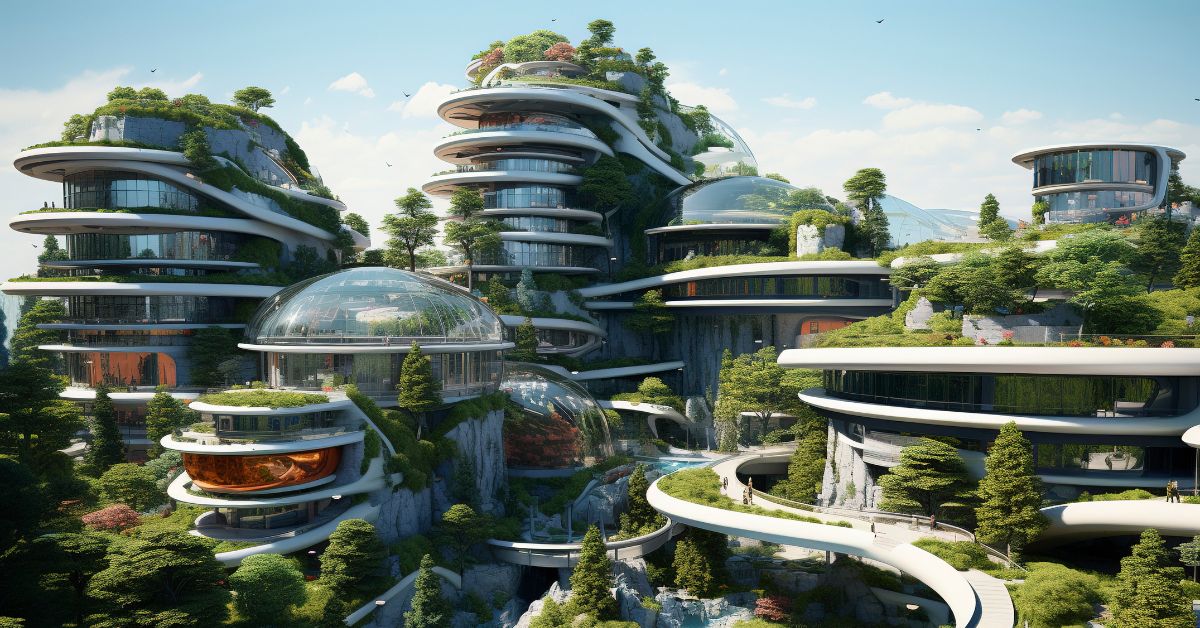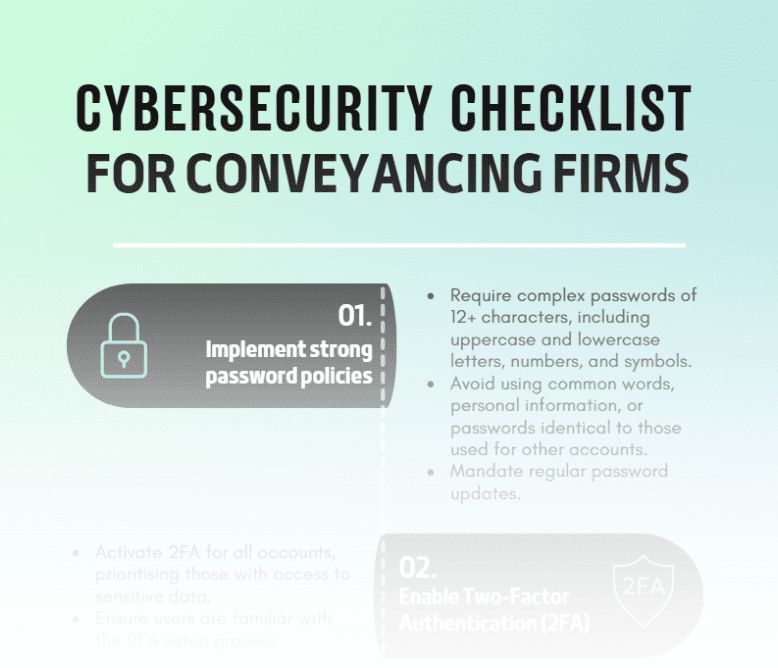Socio-economic forces and the environmental issues at play now will determine the things we will live with in 20 years’ time. Flying cars? Maybe. Scientists and futurists map out the tomorrow land of the Australian property market.
Australian business futurist Morris Misel
Considering the future of household living it’s tempting to think of a far-fetched “Jetsons” future when, in reality, the long-term outlook is likely to be nothing like science fiction.
That’s the message from Morris Misel, an Australia business futurist who works with major property sector clients on long-term forecasts.
Misel says, in his view, many of today’s macro household trends will continue to the 2040s.
For instance, he points to housing scarcity as a big trend likely here to stay, identifying the main drivers of a shortfall as strong population growth and limited housing stock.
By 2040, there will be about 13 million homes in Australia, up from around 11 million currently, while the population will lift to around 36 million, up from 26 million, Misel says.
“That’s what we’re headed towards, a whole lot more people and I don’t think significantly more homes, I know two million sounds like a lot but it’s not because we haven’t caught up with what we need for today,” Misel tells Australian Conveyancer.
“This household scarcity that we now face, we’re going to face it in 20 years too. I don’t believe we will have resolved it then. I really hope I’m wrong but I just don’t.” On the details of household living, Misel says most changes will be to home interiors.
As he puts it: “primarily we’re still living in the same four walls” but “a lot of the differences will be inside the home”, highlighting the impact of smart tech that will help run homes.
Homes will also be more compact and integrate different building materials.
“I think we will see more compact homes as we try to squeeze more people into places and those houses will be built using different building materials,” he explains.
“Eco-friendly, for sure, and we’re inventing a whole lot of new stuff like self-healing cement and 3D printing, which is really in its infancy in building. There’s also incredible steel that you can see actually through, it’s embryonic stuff.”
There will also be a return to more use of natural materials, the futurist predicts. “It’s going back to wood and old-fashioned materials but in new ways … we will see a lot more of that coming in.
For news and insights from experts around the industry, download edition five of the Australian Conveyancer, today.






